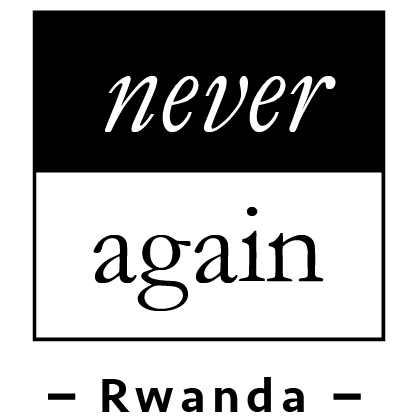Sub-Saharan Africa’s population is becoming more youthful. According to the United Nations, there were over 200 million youth aged 15-24 in Africa as of 2015, a number that is expected to continue to grow throughout the remainder of the 21st century.
Of Africa’s unemployed, 60% are young people. Youth unemployment rates are double those of adult unemployment in most African countries. The problem of unemployment in Africa is certainly huge, but there’s another much-ignored growing trend of educated but jobless, youth, which is a dangerous category that governments must address. Africa’s youth population is not only growing rapidly but also getting better educated. Based on current trends, 59% of 20-24- year olds will have had secondary education in 2030, compared to 42% today.
The pandemic has made things worse. Many young people have lost their livelihoods since they are in informal sectors – almost 80% of working youth in Africa are engaged in the informal sector whether in agriculture or informal manufacturing and services among other services. The informal sector has been the most affected by the pandemic. No doubt, COVID-19 has increased youth unemployment in Africa.
For instance, Nigeria was looking to the agriculture sector to decrease oil dependency and young people were beginning to embrace it, but the COVID-19 period has taken them back to square one.
Zambia has been facing a critically high youth unemployment problem. For a long time, the country relied on copper to fuel economic growth. The country has watched its economy rise and fall with the highs and lows of the international price for copper, which accounts for a massive 70% of the country’s exports. The government has been trying to diversify the economy by prioritizing agriculture, labor-intensive sectors, and entrepreneurship as a solution to youth unemployment. COVID-19 has led to dramatic unemployment.
COVID-19 is not just a public health issue. The bigger challenge is that it is a potential security threat. COVID-19 has led to increased youth unemployment in Africa – millions of jobs in Africa are threatened by the COVID-19 crisis. With youth unemployment twice that of adults, the potential for social unrest is real – large-scale youth unemployment could lead to unrest. Rebuilding hope among the youth is a very important step, as the starting point. Most importantly, governments must enable and support ideas from young people.
For Example: In Liberia, the Government established a ‘National Youth Task Force Against COVID-19’ as part of the efforts to help contain the spread and address the impact of coronavirus. They are looking at specific solutions that address the challenge of the pandemic in relation to the youth. In Gambia, young entrepreneurs with tailoring skills are being engaged to help meet the urgent demand for protective facemasks. This support to entrepreneurs is creating opportunities to mitigate the economic impact.
Governments and other actors should support, engage, and provide opportunities to the youth. Noteworthy, there are no shortages of policies across Africa targeted at young people. Implementation of these policies has been the biggest challenge…political will and follow up is key. While governments have the primary responsibility to create the best environment for youth, young people have a role to play.
The issue of high unemployment has been with us for a while, but young people can use this COVID-19 period to think outside the box and not just rely on the government. Young people with innovative ideas need to organize themselves at the local level. They have a stronger voice when approaching investors or development partners… to explain the challenges they face and the solutions they have. Also, strategies to youth unemployment must be both short and long-term – how youth can survive and improve their livelihoods now and post- COVID. Most important, it’s time for the private sector to activate the corporate social responsibility to support youth employment and entrepreneurship.
Countries and territories such as South Africa, Botswana, Swaziland, the Republic of Congo, Senegal, Angola, Namibia, and Nigeria have among the highest unemployment rates in the continent. Also, Northern Africa exhibits high youth unemployment rates. Rwanda and Uganda are among the countries in Africa recording the lowest youth unemployment rate.
A number of African governments have made some efforts to tackle youth unemployment – but a lot more still needs to be done. Ghana for example created a national youth service and empowerment program to help young people find jobs. Mauritius, Kenya, and Morocco have developed programs that encourage technical and vocational education for young people. Zambia introduced a national youth policy and youth enterprise fund to stimulate job creation. Rwanda has put youth and jobs at the center of its national development. Uganda is supporting more young people to delve into agriculture hence bridging the gap between job opportunities in the formal and informal job sectors. Such initiatives need to be encouraged and scaled up.
Noteworthy, youth employment requires intelligent policies based on a sound understanding of the issues that the young face in finding, and holding on to, decent employment opportunities.
Raphael Obonyo
Africa Youth Policy Analyst, Kenya – raphojuma@hotmail.com


